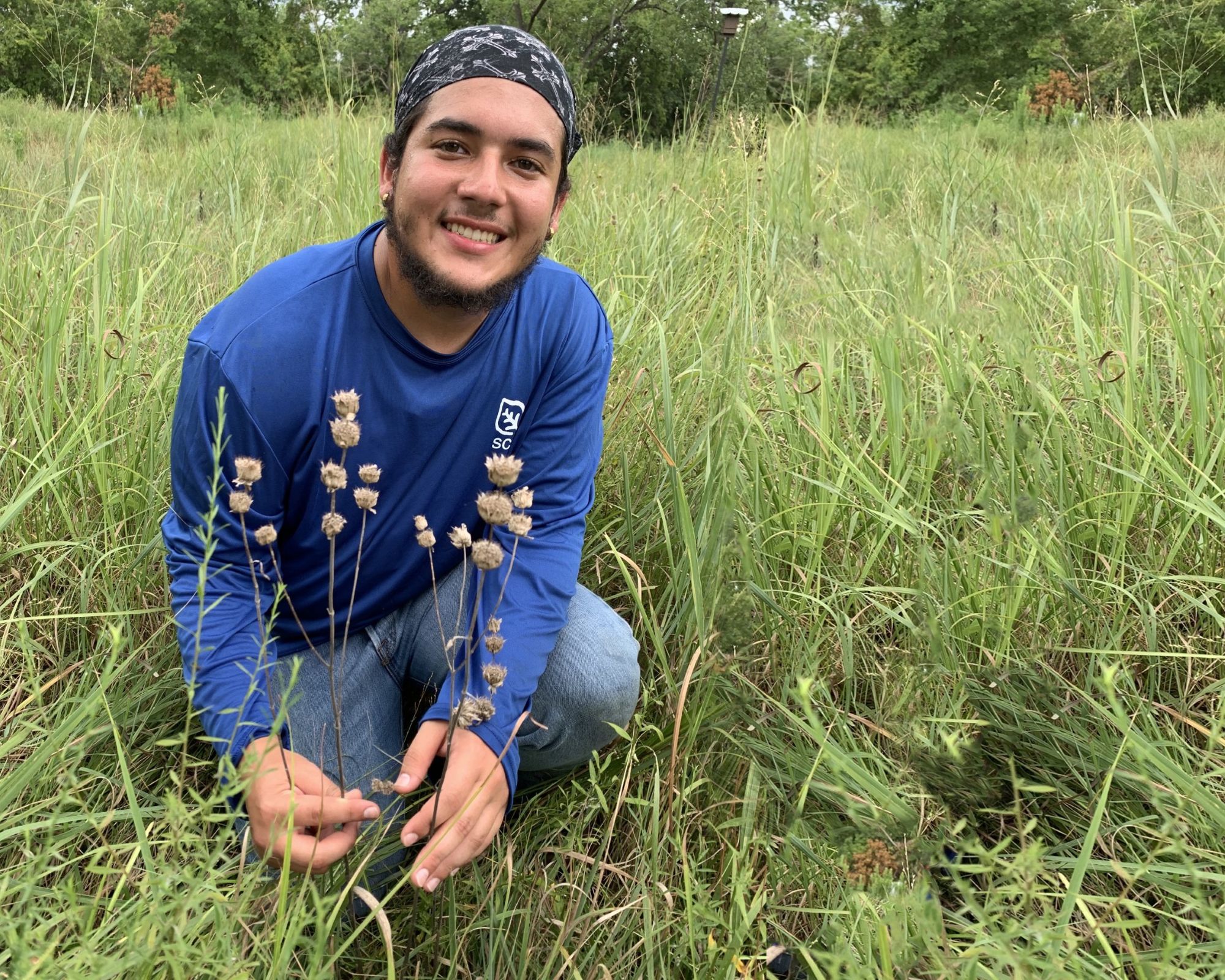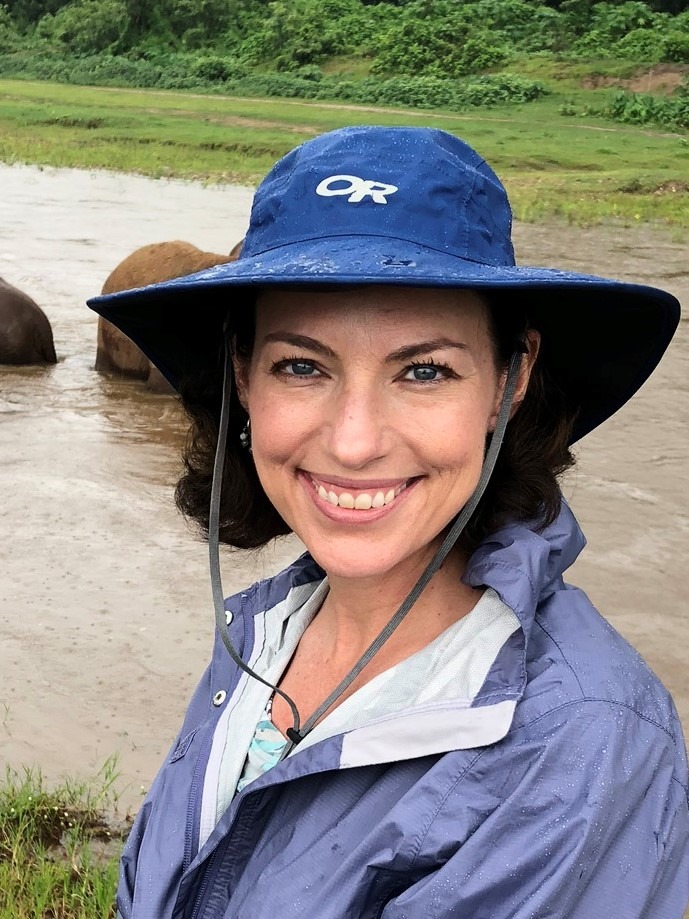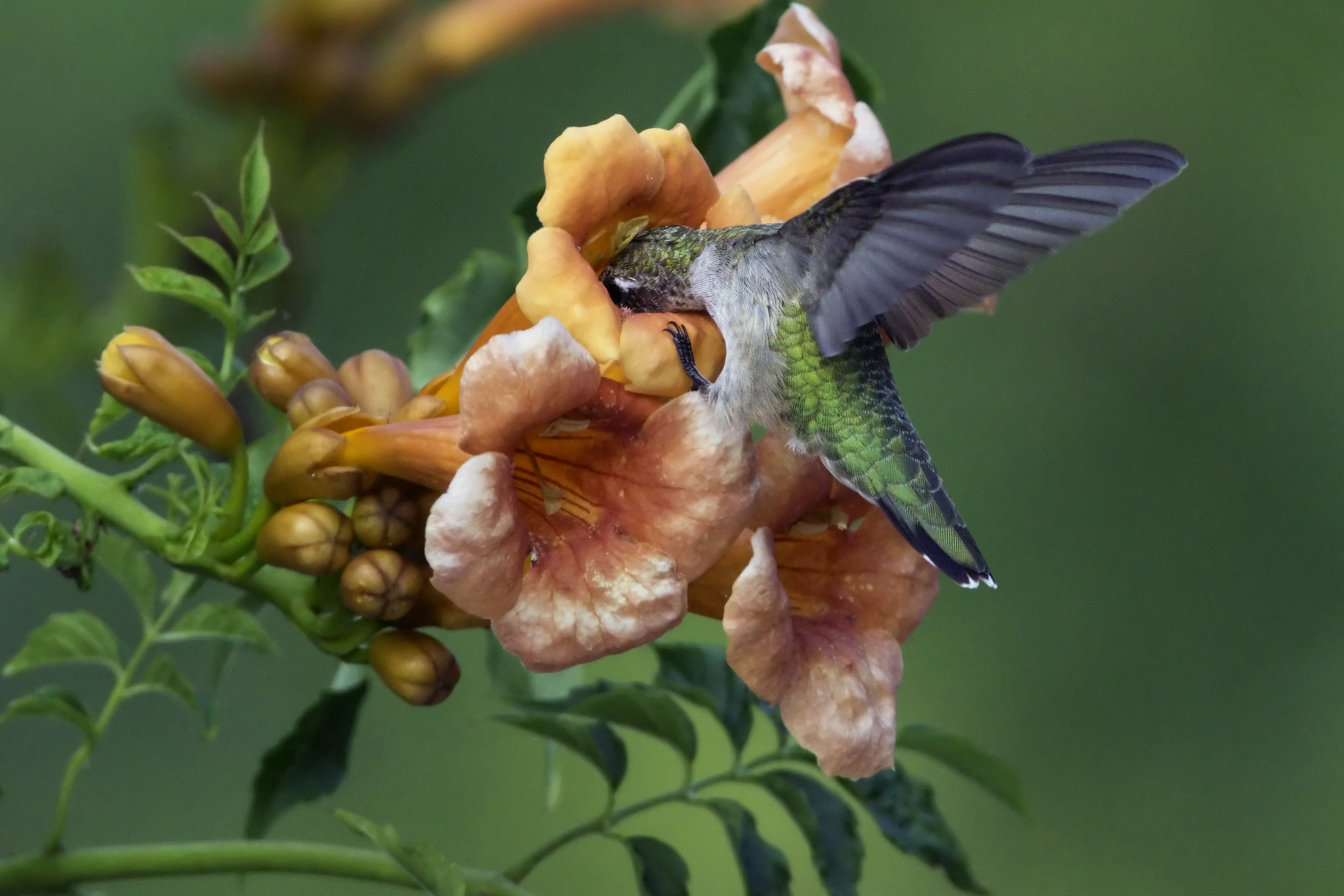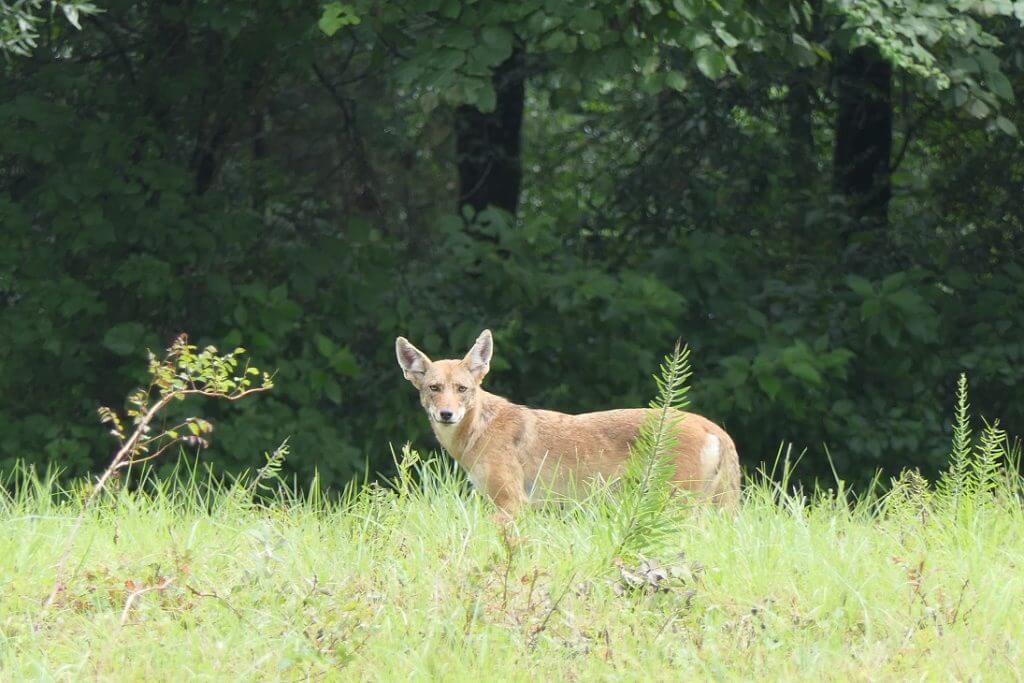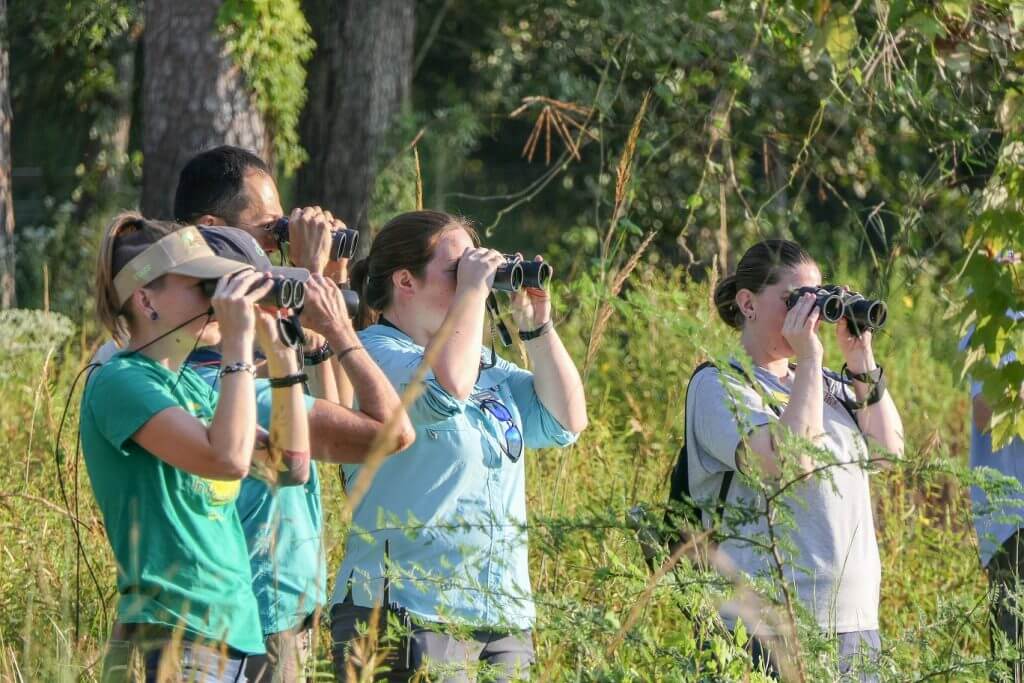Written by Kelsey Low
6:30 am. The eastern sky is brightening, and the air is full of song. Northern Cardinal, Summer Tanager, Hooded Warbler… three species for the list. You’re standing in a riparian woodland full of mulberry trees, perfect for migrant songbirds. You’ll stay here until the dawn chorus is over and then move on to a pond to look for water birds. At sunset you hope to catch a bittern or rail at a nearby marsh, and if you’re lucky you might hear an owl hooting after dark. If all goes well, you might see more than 60 species. This will be a Big Day.

The Global Big Day is a challenge to bird watchers everywhere: see as many bird species as possible in 24 hours. The event is run by eBird, a project from the Cornell Lab of Ornithology. Big Days are not new, but before eBird they were usually individual or local efforts. Now, the Global Big Day engages more than 35,000 birders from 174 countries, and in 2019 it covered nearly 70% of the world’s bird species. It is a great way to challenge yourself, really learn your local birding hotspots, and develop your bird watching skills while enjoying the outdoors. But it’s not just about the thrill – the real goal of the Big Day is data.

eBird started as a simple, free online tool for creating, collecting, and sharing bird checklists, but it has grown to become the largest biodiversity-related citizen science project in the world. You can use eBird to generate your own “life list” of bird sightings, monitor global birding hotspots (like the Houston Arboretum), and learn useful information about almost every bird species in the world. Every time you go birding, just open the eBird app (available for free through your device’s app store) and use the simple interface to keep track of where you’re birding, how long, how far, and what species you’re seeing.

Because thousands of birders from all over the globe contribute sightings using the same methodology, scientists can use the data to study birds on a global scale – something impossible for individual researchers or institutions. eBird data is freely accessible to anyone. Local organizations like the Houston Arboretum and Houston Audubon manage their monthly bird surveys through eBird. Universities like Cornell use eBird data in their research projects, and conservation organizations use the information to develop better policies for protecting birds.

By submitting an eBird checklist every time you go birding, you are directly contributing to global bird research and conservation. However, in order to produce the most benefit, you need to provide the best data. That’s where the Global Big Day comes in. It’s a perfect way to practice using eBird. You can prepare by taking the eBird essentials course online or run through the quick startup guide.
Here are our tips:
- New Place, New List
Whenever you change location, make a new checklist. Scientists want to know which birds are found in which locations. It’s better to make many short checklists than one long list. - Record Your Effort
ALWAYS record the duration and length of your birding trip. Seeing five bird species in five minutes suggests quite a different level of abundance and diversity than seeing five species in three hours. - Count Individuals
This is what scares most new eBird users, but it’s not as hard as it looks. Try estimating by “chunks” (0, 1, 5, 10, 100). You don’t need to count all 257 waxwings in that flock – an estimate of 300 is fine! - Be Honest
eBird only works if the data is accurate. If you can’t identify a warbler or hawk, mark it as “warbler species” or “hawk species.” If you can’t make a good count estimate, put the number as “X.”
We challenge you to bird along with us during the Global Big Day and submit at least one eBird checklist. You can follow the Arboretum team’s progress on our Twitter account and keep us updated on your species tally and your favorite sightings by tagging us #HoustonArboretum. Good luck, and good birding!


